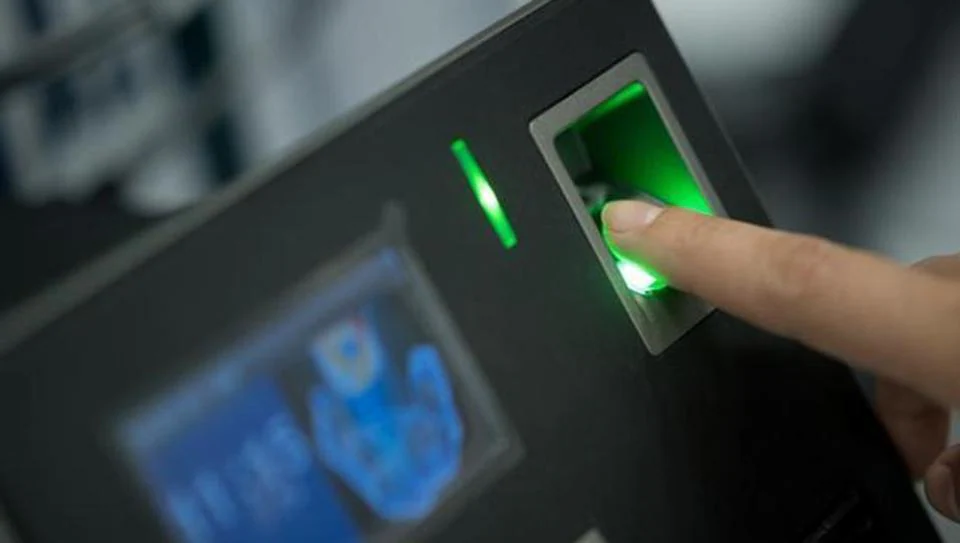
Biometric Attendance System & Its Advantages
In this article, we will discuss the various benefits of a Biometric Attendance System. The biometric system uses an employee’s fingerprint to verify their identity while clocking in and out of the office. This makes it a far safer option than a traditional employee ID card or pin system, and it can even be used remotely to reduce buddy punching. This article will explore some of the advantages of a Biometric Attendance System for your company.
Biometric attendance system uses fingerprints of the employee to verify the identity of the person clocking in and out
While it’s unclear whether biometrics will work for your company, these systems can be safe and effective. Biometrics can be used to manage the time and attendance and provide real-time labour data. Despite the benefits, there are some drawbacks as well. Before you implement biometric technology in your workplace, consider the costs, back-office functionality, and employee privacy concerns.
Compared to traditional employee ID systems, biometric systems are far safer. They prevent employees from accidentally punching in as someone else. Only employees with a valid fingerprint can punch in and out. Furthermore, biometric systems make it impossible for employees to swap shifts without prior approval of the supervisor. This makes biometric systems a great investment for employers, as it helps to reduce the risk of employee misconduct.
Using fingerprints as biometrics is a secure way to manage employee time and attendance. This system can be used in any workplace and is highly accurate. Biometrics can also prevent employee theft, identify fraud, and manage visitors. Aware is a software development company with a broad portfolio of solutions for on-site security and timekeeping. Fingerprints, face recognition systems, and retina scans are available. It builds the most robust biometric attendance systems in a modular style. These systems can be used in healthcare facilities, law enforcement, and finance.
- It is more secure than traditional pin or employee ID card systems
A biometric attendance system is a more secure system than a traditional pin or employee ID card system because it does not use personal information. In fact, the only information used is an employee’s fingerprint. This makes it virtually impossible to hack into the system. Additionally, it doesn’t require employees to disclose their social security numbers or birth dates. Because biometrics are more secure, a company can have peace of mind knowing that all of their employees’ personal information is kept confidential.
Another advantage of biometric time and attendance systems is their ease of use and installation. Compared to traditional pin or employee ID card systems, biometric time and attendance systems are simple to use and install. They can also be cost-effective for companies. This system doesn’t pose a security risk to the company’s employees’ personal information and keeps employees accountable for their attendance. So, if you’re considering a biometric system for your company, you should take a moment to learn more about them.
- It allows for remote access to data
A biometric attendance system is a convenient way to manage employee attendance. Many types of biometric sensors are available, and all can be programmed with a microcontroller. Here are the specifications and functions of some common types of microcontrollers. The first type has the lowest memory requirement and is referred to as the “low-end” chip. The second type of low-end chip has higher memory requirements but is often more robust. It has a 64-KB flash memory and a 1024-by-1024 MB random-access memory.
Another type of biometric attendance system uses a wireless technology. This technology saves time and money by reducing the need for physical connections and can be expanded to other locations. Some authors have proposed using different types of wireless protocol standards. Wi-Fi and ZigBee are two popular examples of biometric attendance systems. Both of these technologies can be used for high-capacity data storage. However, memory cards are only effective for storing local data.
- It reduces buddy punching
An effective biometric attendance system can reduce or eliminate buddy punching altogether. Using biometric devices and automated clocks can help to prevent buddy punching, while also preventing lost time due to mistakes. By ensuring accurate time recording, biometric attendance devices can save both employers and employees significant amounts of money by preventing employee time loss. To learn more about biometric attendance systems and their benefits, read on. This article will discuss some of the benefits of biometric attendance systems and how they reduce or eliminate buddy punching in the workplace.
The introduction of biometrics in time and attendance systems has greatly reduced the problem of buddy punching. Instead of a password-based system, employees can use their PIN, badge, or fingerprint to clock in and out. Biometric time clocks can speed up the clocking process significantly. Biometric time clocks are often used with mobile time clocks equipped with GPS, and newer ones allow employees to simply place their finger on a sensor to clock in and out.